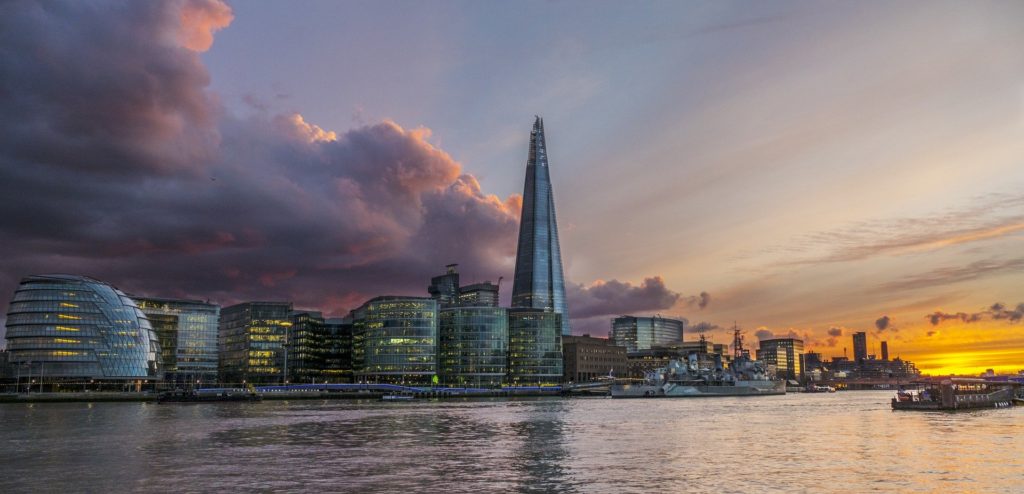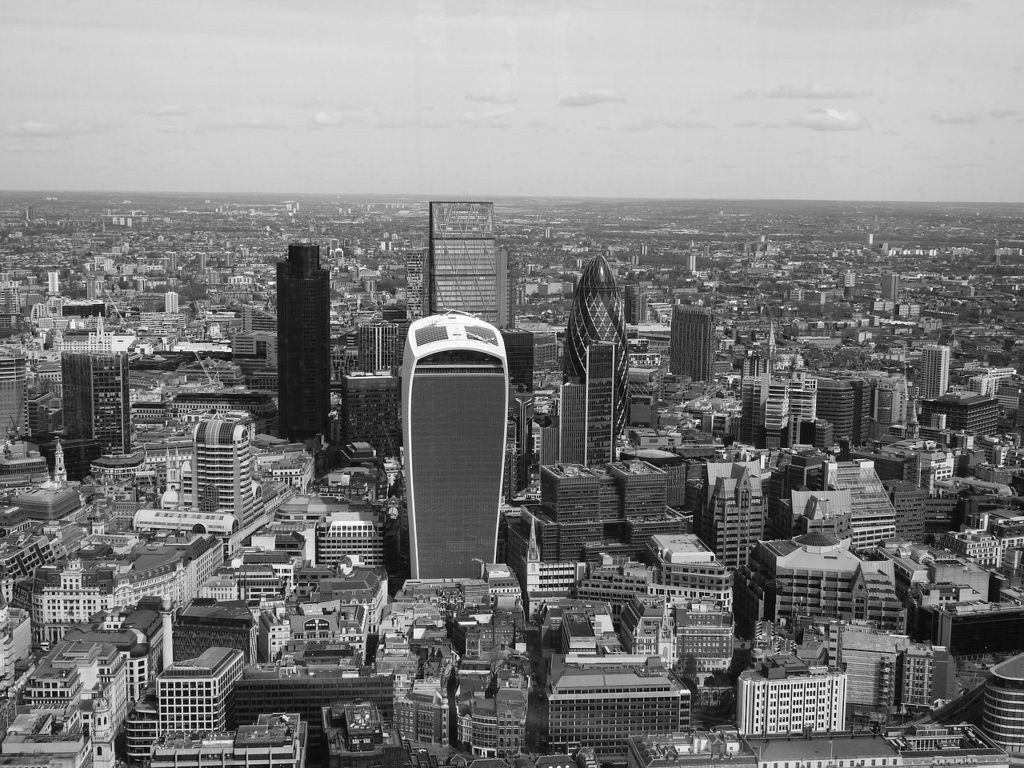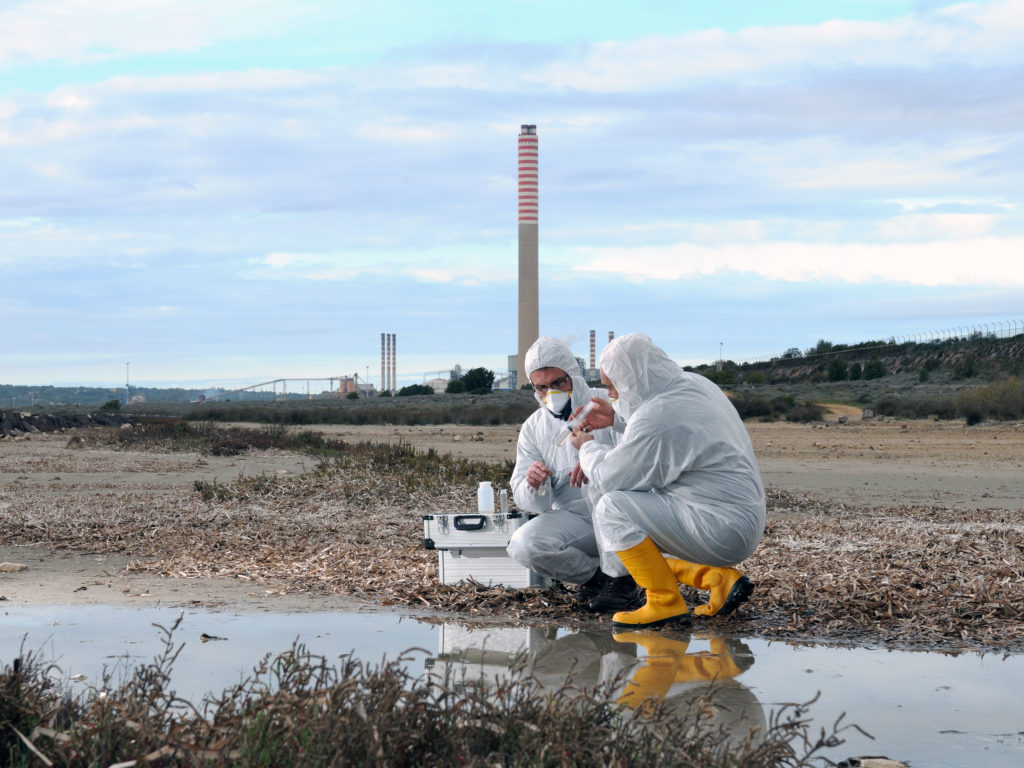
What’s driving these increases?
Insurers companies have been losing money
For more than a decade there have been rate reductions but with increased cover and limits. This has been driven by the excess capacity in the insurance market and has meant that insurers have been unable to make the return on capital that they require as the industry is paying out more in losses and expenses than it is collecting in premium.
The increased cost of doing business
Insurance companies face the same variations in their running costs as any other business, including their customers. For example, exchange rate fluctuations, salary inflation and energy cost rises.
Less interest from investors
When the insurance market seems a less attractive proposition for investors, they withdraw. This means there are fewer insurance companies in business, leaving customers with less choice and allowing the insurers that are left to be selective about who they insure and how much they charge.
Poor investment returns
Insurance companies rely both on the premiums they charge and on income from their investments to stay in business. When premiums are low, insurers supplement any shortfall in income using their investments. The current economic climate has resulted in poor investment returns and insurers have been unable to rely on them to offset the low premiums: prices are therefore driven up.
Increased reinsurance costs
The reinsurance market is another factor that drives insurance pricing strategy and consequently as reinsurers significantly increase their costs then insurers react by increasing the primary premium.
Higher claims costs
Many insurers are currently operating at a loss due to higher than expected claims costs which are driving insurance prices higher and have these losses have been caused by: –
- Natural disasters such as the recent flooding and severe weather events
- Emerging technologies, such as modern methods of construction, smart features, artificial intelligence and robotics which have created new insurance risks whilst also increasing repair or rebuild costs following a claim
- Higher legal costs for general liability, errors and omissions, directors and officers and employment practices liability insurance
When some of or all these factors are present then the insurance industry enters into what is commonly referred to as a “hard market” and you can then expect to see
Increased premiums
There will be premium increases on all types of insurance irrespective of whether there have been claims or not; but as you might expect the level of increase will be higher where the loss ratio is poor or where there are adverse risk features.
A reduction in capacity
During a hard market, insurers often start restricting the amount of capacity they’re willing provide and will look to remove non-core or poorly performing risks. Cover and limits may be reduced or even withdrawn completely.
More focus on risk selection and management
Insurers are asking for more information on the risk detail and loss prevention measures. They are being far more particular in their risk selection process and some risks will now only be deemed acceptable with improvements to the risk management.
It will take longer to transact business
Expect slower response times from insurers as they have an increased workload because they are re-underwriting their business and also because more insureds are looking for alternative quotes in the hope they can find better alternative premiums.
If we can help you regarding any of the issues mentioned, or if you need any further information or advice on this subject please don’t hesitate to contact us.




